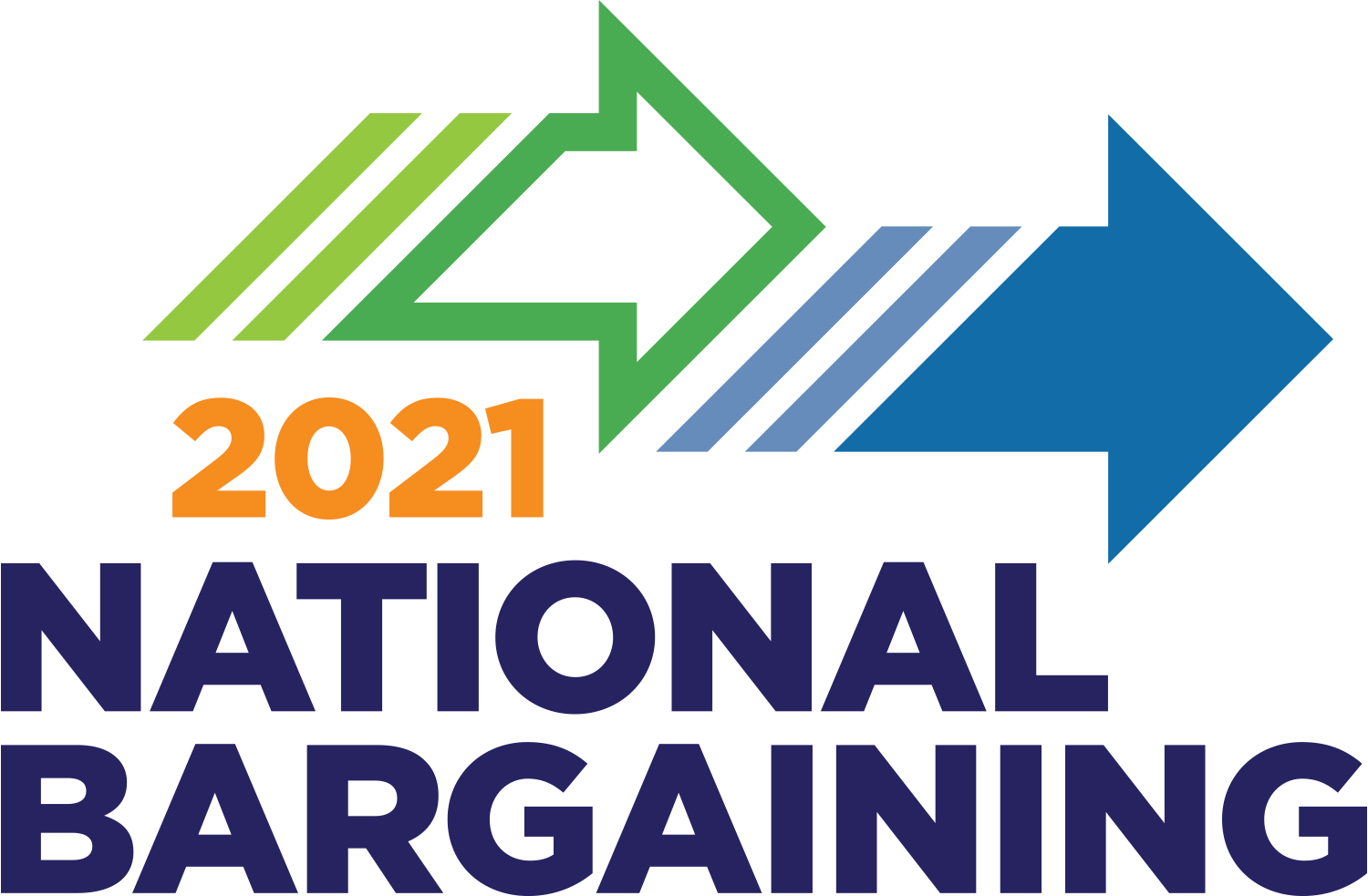Getting Out Front of Hypertension Is Good Medicine
Control Hypertension in Diabetics and At-Risk Patients
Outreach helps team increase blood pressure control
The Burke Adult Primary Care facility lagged well behind the regional goals for controlling patients’ blood pressure.
And this can be critical because patients with controlled hypertension can decrease health care costs, as they are at lower risk for heart disease.
So, the Mid-Atlantic States team in Burke, Virginia, sought a better process to identify, call and persuade at-risk members to come in for blood pressure checks, counseling and any needed medication adjustments.
Starting with a baseline of 75 percent of patients with controlled hypertension, the team set a target date of August 2011 to reach 82 percent. The data are measured by HEDIS (Healthcare Effectiveness Data and Information Set), which rates the effectiveness of outpatient care and prevention.
But by April of the same year, the team hit their 82 percent goal. By August, the rate of under control blood pressure for diabetics was 85.7 percent. They also exceeded 85 percent control for all hypertensive patients.
And they didn’t just rest on their laurels, but continued to improve.
As of November 2014, the percentage of patients with diabetes and under control high blood pressure increased to 90 percent. For all hypertension patients, the percentage reached 92 percent.
“It is truly a passion of the Burke team to see quality patient care. They are driven by the health of their members,” says the team’s management co-lead Eileen Chiama. The RN is also clinical operations manager for pediatrics in four Northern Virginia medical centers, including Burke.
In full agreement is Angela N. Williams-Edwards, RN, lead nurse and UFCW Local 400 member.
“This is a win-win situation for Kaiser Permanente and our members.”
But there was a learning curve.
Initially the team tried to manually create an outreach list from charts. HealthConnect allowed automated searches for at-risk patients.
Their next steps utilized the Rapid Improvement Model, where the team mapped out a staged plan based on patient needs.
They used HealthConnect data to identify stage 1 and stage 2 hypertensive patients. They also targeted diabetic patients, who often neglect high blood pressure symptoms because they’re focused on managing their diabetes.
Since good counseling is the key to getting members to come in for checks, the team developed scripts to inform patients why they are at risk. This also helped to gather information for their physician to determine if their medications needed adjusting.
Clinical assistants joined registered nurses in doing blood pressure checks, and staff used scripts in their outreach calls. The team further leveraged KP.org and at-pharmacy pick-up counters for blood pressure checks and consultations.
Working with the pharmacy team in communicating with patients had a particular impact.
“Reaching out to pharmacy helps us redefine outreach from just calling members at home to capturing members already in the building to pick up meds,” says management co-lead Donna Molloy.
The RN and clinical operations manager has more than 30 years in primary and critical care nursing.
“This is adding value to their visit.”
